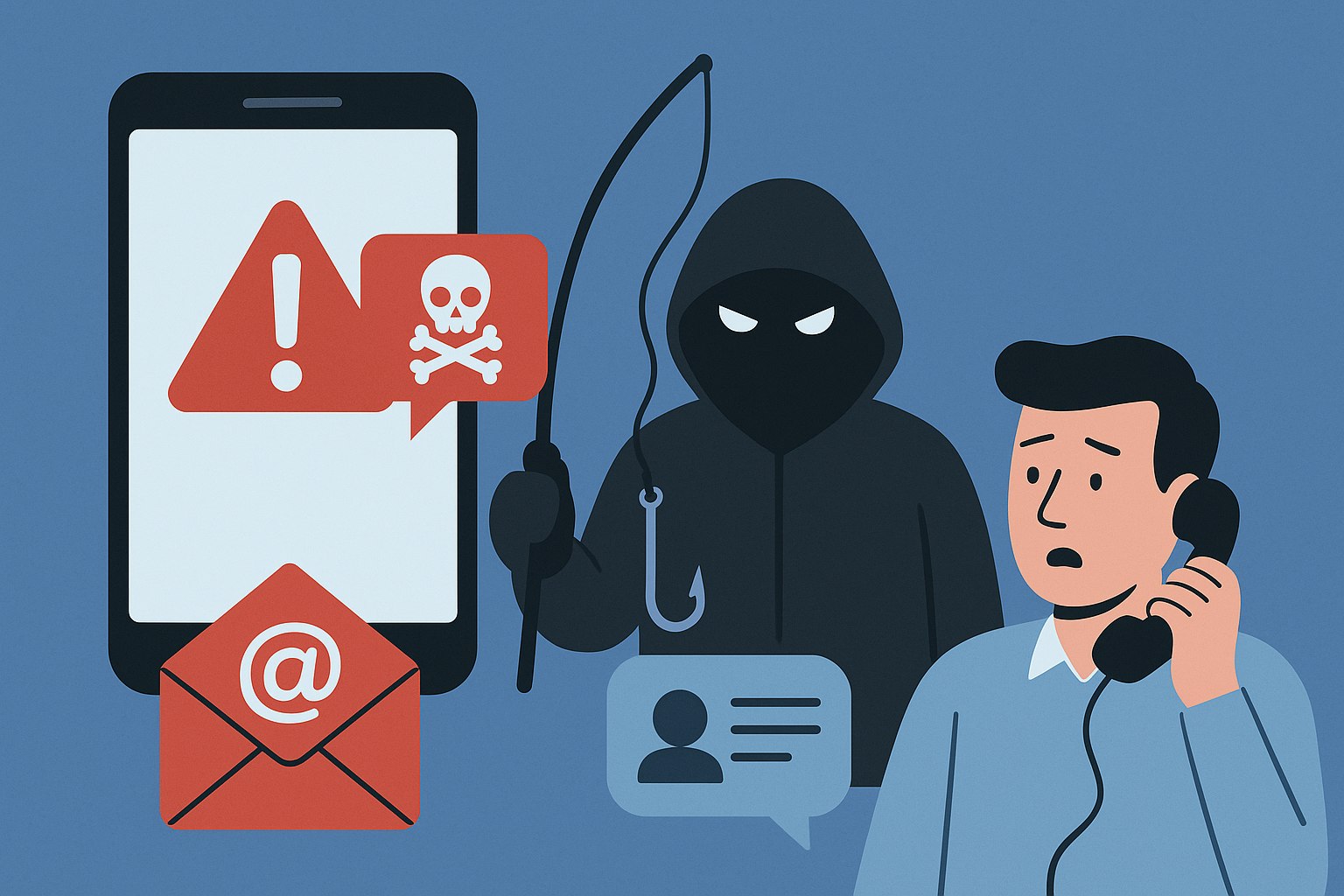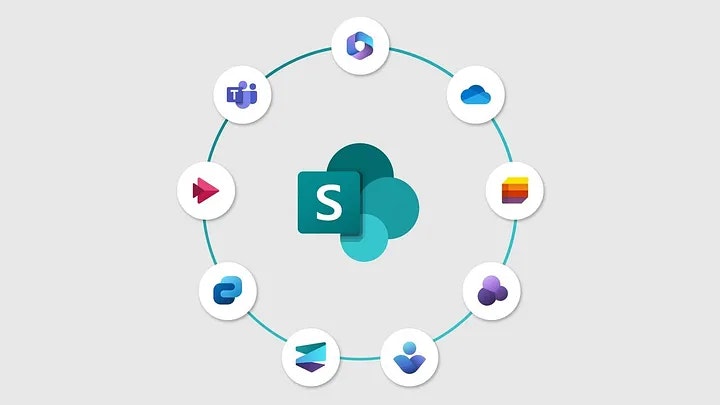If your organisation relies on Microsoft SharePoint to manage content, collaborate, and share sensitive information, you need to ensure it’s as secure as it is powerful.
This guide explores the most important SharePoint security best practices for 2025—combining technical know-how with practical actions your teams can take to protect critical data. At NetMonkeys, we help UK businesses implement SharePoint securely, ensuring compliance, resilience, and peace of mind.
Why SharePoint Security Needs Your Attention in 2025
SharePoint, especially when integrated with Microsoft 365, provides enterprise-grade security features. But out-of-the-box configurations aren’t always enough. As businesses increasingly use SharePoint for document management, intranets, project hubs, and workflow automation, the risk surface expands.
Whether it’s staff unintentionally sharing files externally, poor permission structures, or weak authentication—security gaps can creep in easily without the right controls.
1. Use Role-Based Access Control (RBAC) Wisely
The principle of least privilege should be your golden rule. Don’t give users more access than they need.
- Assign access based on roles (e.g., Finance, HR, Operations).
- Use SharePoint groups rather than assigning permissions to individuals.
- Regularly audit who has access to what—especially on sensitive libraries.
Why it matters: Over-permissioning is one of the most common risks in SharePoint environments. A single misclick can expose confidential data company-wide.
2. Enable Multi-Factor Authentication (MFA)
SharePoint security starts with Microsoft 365 account security. Enforcing multi-factor authentication adds a second layer of protection beyond usernames and passwords.
MFA options include:
- Microsoft Authenticator app
- SMS or email codes
- Biometrics (on supported devices)
Why it matters: Over 99% of account compromise attacks can be blocked with MFA. It’s one of the simplest and most effective defences.
3. Classify and Label Your Data
Use Microsoft Purview Sensitivity Labels to classify documents based on their sensitivity level. For example:
- Public
- Internal
- Confidential
- Highly Confidential
These labels can automatically enforce encryption, restrict sharing, or prevent copying.
Why it matters: If someone accidentally tries to email a highly sensitive document to an external party, classification policies can prevent it or trigger a warning.
4. Turn on Audit Logging and Alerts
In 2025, visibility is key to responding quickly to incidents.
Enable audit logs in the Microsoft Purview compliance portal to track:
- Who viewed or edited documents
- When files were shared externally
- When permission changes were made
Set up alerts for suspicious behaviour, such as:
- Large data downloads
- Sudden permission escalations
- Multiple failed login attempts
Why it matters: Security isn’t just about prevention—it’s about detection. Logs let you spot problems early and respond fast.

5. Control External Sharing
SharePoint allows you to share documents externally—but this should be carefully controlled.
Best practices include:
- Restricting external sharing to specific users or domains
- Enabling expiry dates on shared links
- Preventing anonymous sharing
- Using "view only" permissions unless editing is necessary
Why it matters: One accidental share link can leak an entire document library. Limit exposure by default and escalate sharing only when justified.
6. Set Conditional Access Policies
Microsoft Entra (formerly Azure AD) lets you create conditional access rules, such as:
- Block access from non-compliant or unmanaged devices
- Require MFA when outside your corporate network
- Allow access only from approved countries or IP ranges
Why it matters: This prevents unauthorised access from unknown locations or devices—even if login credentials are compromised.
7. Protect Data on Endpoint Devices
Your SharePoint data doesn’t just live in the cloud—it can also be downloaded to laptops and mobiles. Use Microsoft Intune and Microsoft Defender for Endpoint to enforce:
- Device encryption
- Anti-malware scanning
- App protection policies
- Remote wipe for lost/stolen devices
Why it matters: If someone walks out of the office with a sensitive report saved to their laptop, your protection policies should go with them.
8. Review Sharing and Permissions Regularly
Set a schedule—quarterly or bi-annually—to:
- Review user access
- Clean up old SharePoint sites and unused libraries
- Remove guest accounts that no longer need access
- Archive or delete outdated files
Why it matters: SharePoint environments grow over time. Regular pruning reduces risk and keeps permissions clean.
9. Train Your Staff on Safe SharePoint Use
Even the best security setup can be undermined by human error. Run regular awareness training sessions covering:
- What data should/shouldn’t be uploaded to SharePoint
- How to spot phishing links in file-sharing notifications
- The risks of oversharing or downloading sensitive files
- Proper document version control and sharing etiquette
Why it matters: People are your first line of defence—and your weakest link if untrained.
10. Work with a Trusted SharePoint Consultancy
Security is not a one-time configuration—it’s an ongoing process. At NetMonkeys, we help businesses:
- Set up secure SharePoint environments tailored to their industry
- Integrate with Microsoft security and compliance tools
- Automate security monitoring
- Provide training and ongoing support
Whether you're migrating to SharePoint or need a full security audit of your existing setup, our UK-based team is here to help.
Bonus: What’s New in SharePoint Security for 2025?
Here are some evolving features and trends to keep an eye on:
- Copilot in SharePoint now helps auto-label documents for sensitivity—reducing reliance on manual tagging.
- Adaptive protection based on user behaviour, not just roles.
- Automated policy enforcement driven by Microsoft 365’s AI and machine learning.
- Zero Trust implementation across all Microsoft apps, including SharePoint.
Final Thoughts
SharePoint is a powerful tool for collaboration, document management, and business automation—but it’s only as secure as you make it. By following best practices, educating users, and leveraging Microsoft’s full security stack, you can turn SharePoint into a safe space for innovation and growth.
If you’re unsure where to start, NetMonkeys can guide you through SharePoint security from the ground up—ensuring your data, people, and processes stay protected in 2025 and beyond.
Related posts
Visit blog
ISSEY MIYAKE × Apple: The iPhone Pocket That Redefines How We Carry Technology
Looking to make smarter, data-driven decisions? Partnering with a UK Power BI consultancy like NetMonkeys transforms scattered business data into meaningful insights

Smishing vs Phishing vs Vishing: Key Differences Explained
Phishing, smishing, and vishing are evolving faster than ever — and businesses are paying the price. In this expert guide from the NetMonkeys Security Team, we break down how each scam works, why they succeed, and what practical steps you can take to defend your organisation

The Benefits of Working with a UK Power BI Consultancy
Looking to make smarter, data-driven decisions? Partnering with a UK Power BI consultancy like NetMonkeys transforms scattered business data into meaningful insights
